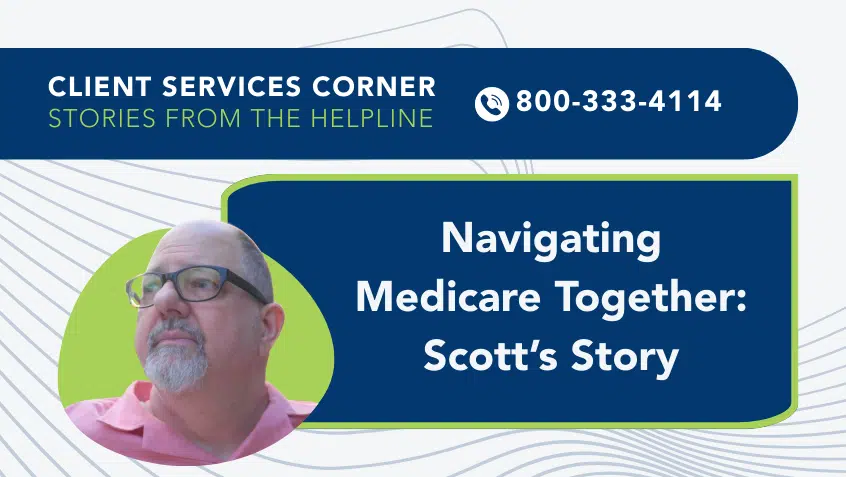Join Us Live for a Discussion on Medicare, Democracy, and the Future of Health Care
Issue Brief Outlines How and Why People with Medicare Choose Between Coverage Options

This week, the Commonwealth Fund released an issue brief on how and why people with Medicare choose between Original Medicare (OM) and Medicare Advantage (MA). The issue brief discusses the tradeoffs between the options and how beneficiaries tend to rate them.
Those who choose OM have access to any provider who accepts Medicare and may save money by coupling OM with supplemental coverage like Medigap. But OM does not have a cap on out-of-pocket spending, and benefits are statutorily limited.
Those who choose MA have an annual cap on out-of-pocket spending, though it is still quite high ($8,300 in 2023). They may also have access to additional benefits. However, MA plans often have networks that restrict choice of providers, may impose prior authorization or other restraints on access to care, generally have very limited extra benefits, and may ultimately cost more than the combination of OM and supplemental coverage.
According to the issue brief, 24% of those who opted for MA were drawn by the extra benefits, with another 20% citing the out-of-pocket cap. People with lower incomes were more likely to find the extra benefits appealing, but people with both Medicare and Medicaid were less likely to choose MA for the extra benefits than were people with Medicare only.
For those with OM, 40% cited free choice of providers as the top reason. This number climbed to 50% for enrollees with OM and supplemental coverage.
Importantly, the issue brief shows that most people who receive help choosing between their coverage options turn to brokers and agents. But these individuals are not always objective; they receive commissions, which may not be equal between products. For example, commissions currently are higher for MA plans than for supplemental coverage like Medigap. This may create an incentive for agents and brokers to steer consumers into MA.
Additionally, the brief shows that marketing by MA plans is a major source of information for many consumers. Such marketing is not objective; it only touts the benefits of MA, not the tradeoffs. Complaints about misleading marketing are on the rise as TV ads become more prevalent. This points to the need to extend and improve information access about the pros and cons of OM and MA to ensure people are getting the full picture.
The extra benefits that many find appealing are also problematic. Little is known about their delivery or efficacy, and any that provide high-quality care should be available to everyone with Medicare. In addition, it is vital that MA not be permitted to funnel overpayments into supplemental benefits that, in turn, lure people into MA.
Medicare’s annual open enrollment period started on October 15, which means millions of people with Medicare are grappling with their coverage decisions. Choosing between OM and MA is just the first step. People who opt to remain in Original Medicare still need to explore options around Part D prescription drug coverage and supplemental insurance like Medigap. Those who choose MA must determine which plan is best. We encourage all people with Medicare to consider their health care needs and assess whether they are in the best coverage for their circumstances.
Need help with your Medicare coverage? Contact your local State Health Insurance Assistance Program (SHIP) for unbiased, one-on-one counseling; contact Medicare online at https://www.medicare.gov/ or by calling 1-800-MEDICARE; or call the Medicare Rights Center’s national helpline at 800-333-4114.
Show Comments
We welcome thoughtful, respectful discussion on our website. To maintain a safe and constructive environment, comments that include profanity or violent, threatening language will be hidden. We may ban commentors who repeatedly cross these guidelines.
Help Us Protect & Strengthen Medicare
Donate today and make a lasting impact
More than 67 million people rely on Medicare—but many still face barriers to the care they need. With your support, we provide free, unbiased help to people navigating Medicare and work across the country with federal and state advocates to protect Medicare’s future and address the needs of those it serves.
The Latest
Most Read
Add Medicare to Your Inbox
Sign up to receive Medicare news, policy developments, and other useful updates from the Medicare Rights.
View this profile on InstagramMedicare Rights Center (@medicarerights) • Instagram photos and videos









